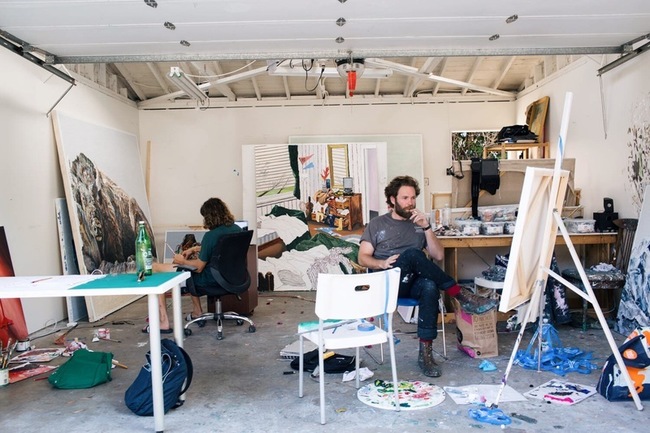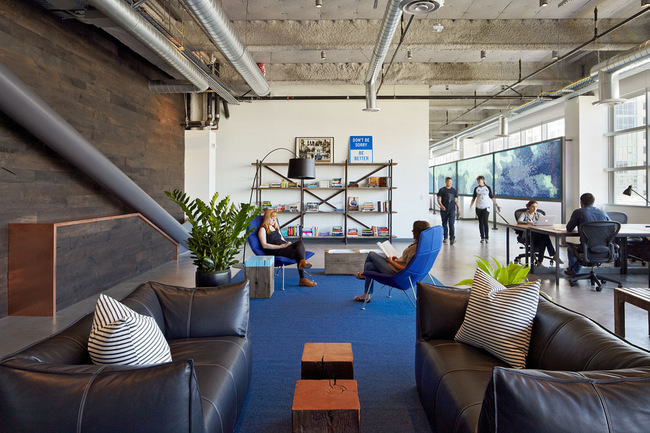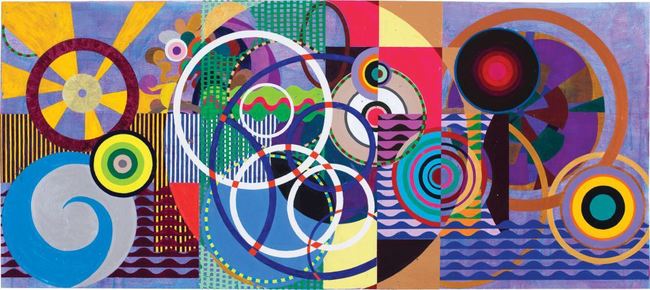Creating Moments for Discovery

Found this gem on the design process written by dev and designer Daniel Zarick:
What if nothing is ever created, only discovered? Could it be true that creativity isn’t actually an ability a person possesses, but instead a description of the process we undergo to discover what already exists and has yet to be exposed to the world? The same way that a archaeologist discovers artifacts, a musician or artist or designer discovers their creation and then displays it to the world. […]
My goal going forward is to get better at creating these moments for discovery. That means working consistently (most days) for at least a few hours, forcing real ideas onto paper in some form. I’m allowing myself to take detours and to be surprised by unexpected ideas or solutions. I’m also trying to be more comfortable with not forcing a solution. This means having constraints for time and rules for what I...





